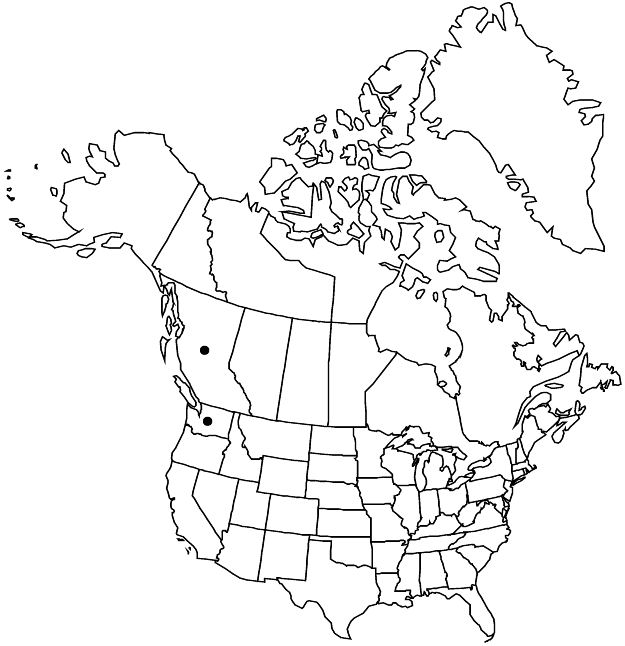Difference between revisions of "Crataegus okanaganensis var. wellsii"
Sida 20: 132, figs. 6, 7. 2002.
FNA>Volume Importer |
imported>Volume Importer |
||
| (One intermediate revision by the same user not shown) | |||
| Line 50: | Line 50: | ||
|publication year=2002 | |publication year=2002 | ||
|special status=Endemic | |special status=Endemic | ||
| − | |source xml=https:// | + | |source xml=https://bitbucket.org/aafc-mbb/fna-data-curation/src/2e0870ddd59836b60bcf96646a41e87ea5a5943a/coarse_grained_fna_xml/V9/V9_849.xml |
|subfamily=Rosaceae subfam. Amygdaloideae | |subfamily=Rosaceae subfam. Amygdaloideae | ||
|tribe=Rosaceae tribe Gillenieae | |tribe=Rosaceae tribe Gillenieae | ||
Latest revision as of 22:59, 5 November 2020
Leaves crimson or pink burgundy in fall; blade ± oblong, ± lobes absent or short and only in distal 1/2, sinuses shallow. Pomes ± erect, orbicular.
Phenology: Flowering May; fruiting late Aug–Sep.
Habitat: Natural hedgerows and mesic brush, mainly in valley bottoms
Elevation: 400–700 m
Discussion
Variety wellsii is known from the Okanagan drainage, where it is usually, but not always, local in occurrence; it is less common than var. okanaganensis. Variety wellsii has been occasionally recorded with pink anthers; it is very distinct with its unusual, differently lobed leaves; it also differs in fruit shape and presentation, fewer pyrenes, and fall foliage color crimson or pink burgundy versus copper bronze in var. okanaganensis. Pomes tend to be duller or deeper red than those of var. okanaganensis at the same date in late August; in mid August they are also brilliant scarlet. The most extreme form of this variety, virtually thornless, is found at Palmer Lake, northern Washington.
Selected References
None.
